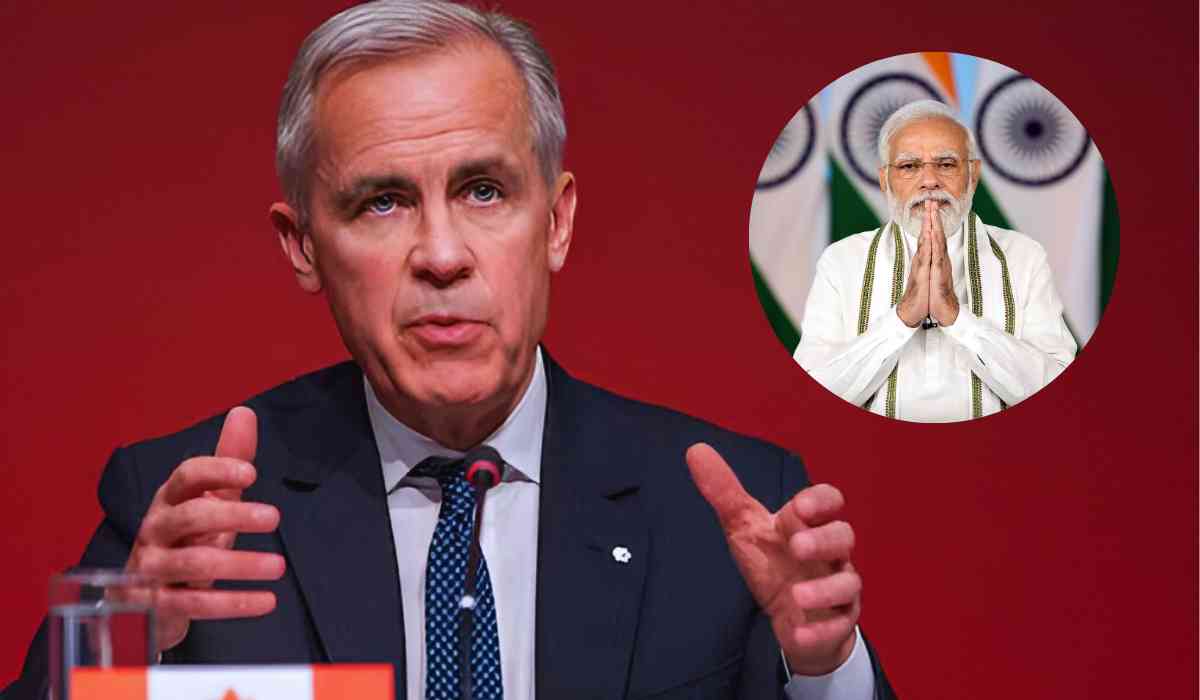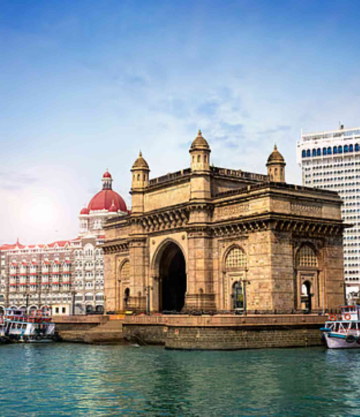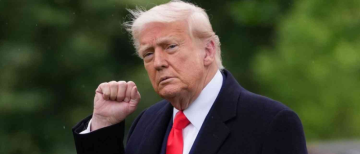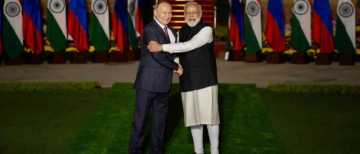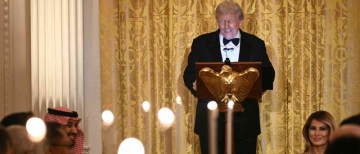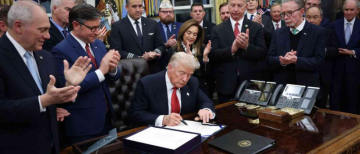The G7 Summit is one of the world’s most important meetings, bringing together leaders from the richest and most powerful countries to talk about big issues that affect everyone. This year, something special is happening: Canadian Prime Minister Mark Carney, as the host, has invited India’s Prime Minister Narendra Modi to the table. This move has sparked debates, raised eyebrows, and put Carney in the “hot seat.” Let’s break down the five main flashpoints of this year’s G7—and what it all means for India.
1. Why India’s Invitation Matters
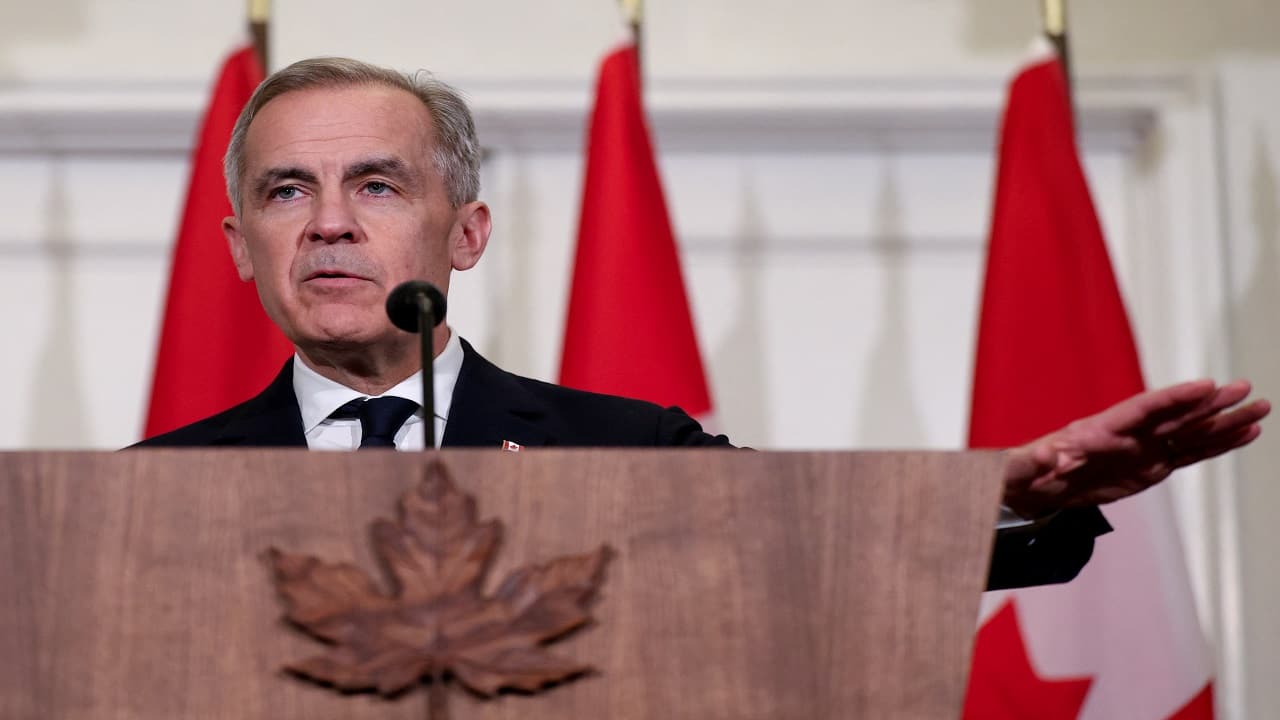
India is now the world’s fifth-largest economy and its most populous nation. Prime Minister Carney explained that it “makes sense” for India to be at the G7 table because it is at the heart of global supply chains and plays a key role in the world’s economy.
As Carney put it, “There are certain countries that should be at the table for those discussions, and in my capacity as G7 chair, I will consult with some others to make those determinations. India is the fifth largest economy in the world, effectively the most populous country in the world, central to a number of those supply chains at the heart of a number of those supply chains, so it makes sense”.
This invitation is not just about economics. It’s about recognizing India’s growing influence and making sure the world’s biggest decisions include voices from outside the traditional Western club.
2. Diplomatic Tensions: Canada and India’s Rocky Relationship

The invitation comes at a tricky time. Relations between Canada and India have been tense, especially after the killing of a Khalistani separatist in Canada in 2023. Some in Carney’s own party were hesitant to invite Modi, fearing backlash from certain groups in Canada. However, other G7 members reportedly pressured Carney, insisting that India’s role in global trade and Indo-Pacific stability was too important to ignore. As foreign affairs expert KP Fabian noted, “Carney had no options. The others said, Listen, India must be there. It’s a vital link in the supply chain and any talk of Indo-Pacific stability”.
3. Key Issues on the Agenda
At this year’s G7, leaders will discuss some of the most pressing topics facing the world:
-
Energy Security: With global energy markets in flux, India’s role as a major consumer and importer is crucial.
-
Digital Future: As technology changes how we live and work, India’s booming tech sector is a key player.
-
Critical Minerals: These are needed for everything from smartphones to electric cars, and India is central to many of these supply chains.
-
Infrastructure in the Developing World: The G7 wants to build partnerships and support growth in emerging economies, and India’s experience and resources are vital.
4. What’s at Stake for India

For India, being at the G7 table is a chance to:
-
Shape Global Decisions: India can influence policies on trade, technology, and security that affect billions of people.
-
Showcase Its Strength: This is a moment for India to highlight its economic growth and leadership on the world stage.
-
Build New Partnerships: By working with G7 countries, India can attract investment, gain access to new technologies, and strengthen its own supply chains.
But there are also challenges. India will have to balance its own interests with those of the G7, especially on issues like climate change, digital regulations, and global security.
5. The Bigger Picture: G7’s Changing Face

The G7 has always been a club of Western powers. By inviting India, the group is recognizing that the world is changing—and that solving global problems means including more voices. This year’s summit could set a new tone, making the G7 more open and more relevant to the rest of the world.
What Does It All Mean?
Prime Minister Carney’s decision to invite India is both a recognition of India’s growing power and a sign that the old rules of global politics are changing. While there are real tensions and tough issues to work through, bringing India to the table could help the G7 tackle big challenges more effectively. For India, it’s a chance to step up and help shape the future—not just for itself, but for the whole world.

As the summit unfolds, all eyes will be on how these flashpoints play out—and whether this year’s G7 can move from talk to real action, with India as a key partner
With inputs from agencies
Image Source: Multiple agencies
© Copyright 2025. All Rights Reserved Powered by Vygr Media.

